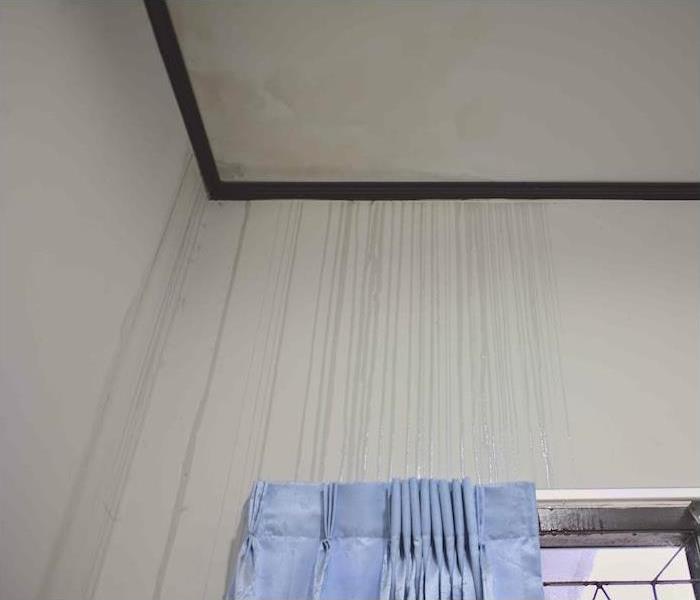Where to Look for Potential Water Damage Culprits in Your House
9/8/2021 (Permalink)
 A water leak can turn into a big problem. Contact the SERVPRO of Putnam County team if you are dealing with any water damage.
A water leak can turn into a big problem. Contact the SERVPRO of Putnam County team if you are dealing with any water damage.
Water damage is obviously a problem if you experience it in your home, especially if you’re not sure where it’s coming from. Usually, there is no advanced notice of a water disaster, so when it happens, it creates a stressful situation for all involved.
There is a common saying that knowledge is power. Knowing the places where water may enter your home is good knowledge to have. Let’s look at a few common sources of water damage in the home.
Toilet flapper. The toilet flapper is a rubber seal on the tank that opens and closes to flush the toilet. This is commonplace for leaks, as the flapper must seal cleanly every time it’s used. In many instances, you can audibly hear water leaking from the flapper.
Dishwasher. Dishwashers are heavily used appliances that can save a significant amount of water compared with handwashing. But there is also the opportunity for leaks since the appliances have supply valves, a tub, door gaskets, and a drain system. Some of these components are mechanical, and all of them have the potential to leak.
Clogged gutters. Proper gutter maintenance is a critical component of the roof system. Debris in the gutter is a major cause of gutter overflow. Overflow results in water pouring outside of the drain system, creating the opportunity for leaks. Always keep your gutters clear of obstructions. Failing to do so can lead to expensive repairs.
Roof damage. Wind can cause serious roof issues. Usually, the wind will lift shingles, and in some cases, the shingle will fall off, or the nails that hold the shingle to the roof become stressed. If the wind is strong enough, it can also create small holes in the shingle where the nail is placed. Your roof should be inspected periodically to ensure shingles are in place and no damage has been incurred.
Sewer line invasion. Some older homes used clay piping, and over time, roots and vegetation could infiltrate the sewer line. This will cause an obstruction and, eventually, consumption of the open space where the wastewater from the house flows.
Disposal drain clog. The wrong kind of food or excessive amounts being put into the garbage disposal can clog the appliance. And fixing the problem can cause bigger problems. Drain systems through the disposal are gravity-fed, and plunging with too much pressure can stress seals and has the potential to create leaks.
It’s smart to stay on top of the systems that protect your house from water damage. An ounce of prevention is worth a pound of cure.
If a water leak erupts into a big problem at home, you’ve got the best team in the business on your side. Contact SERVPRO today so we can get started.






 24/7 Emergency Service
24/7 Emergency Service